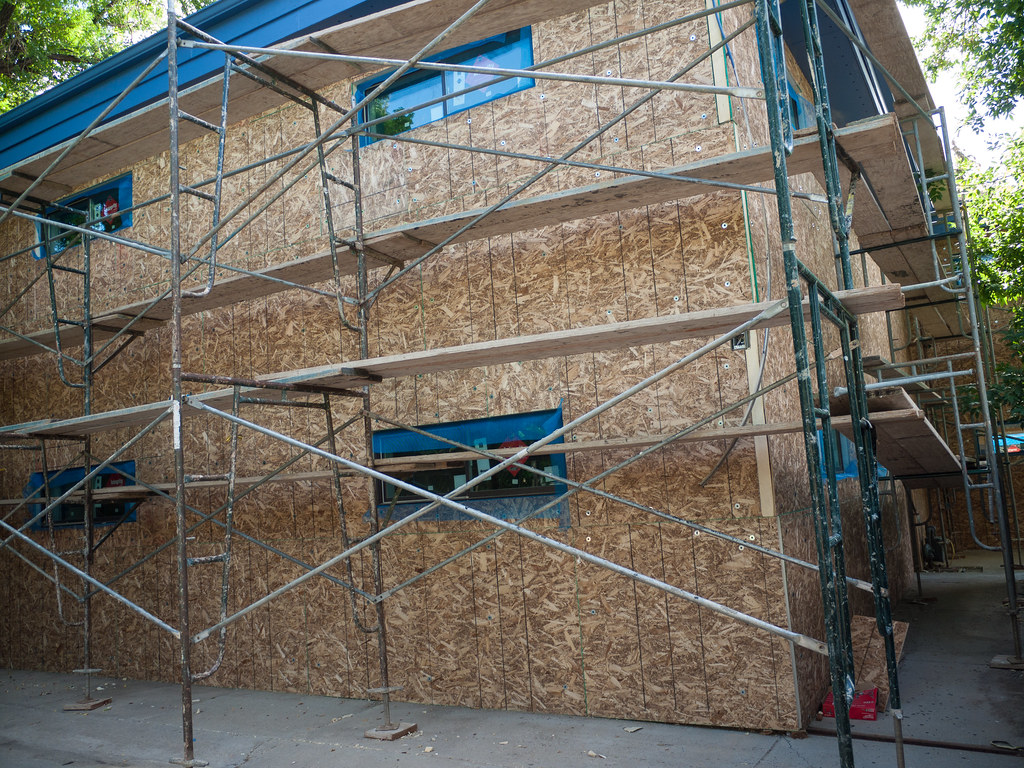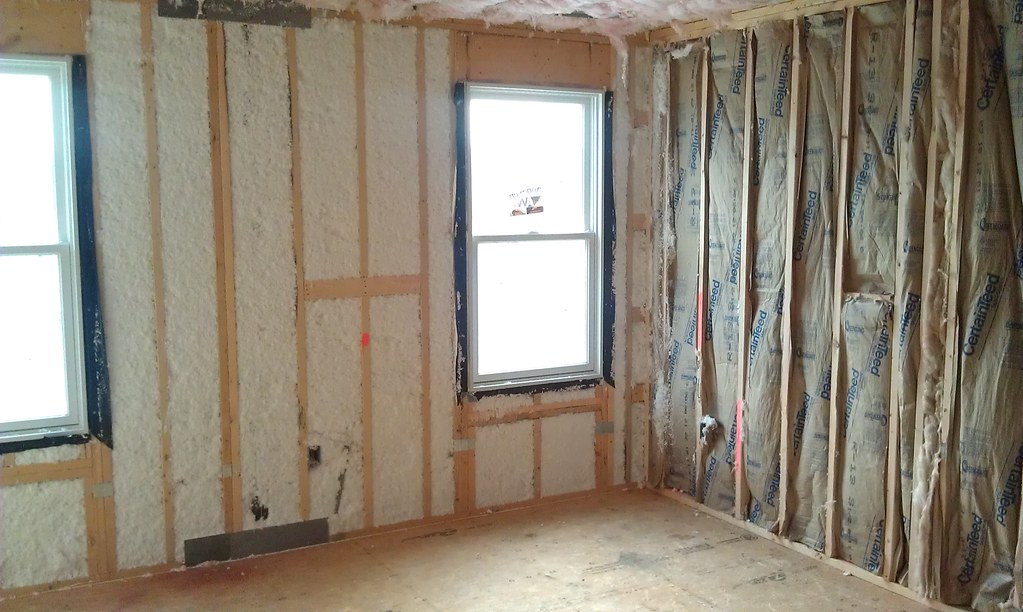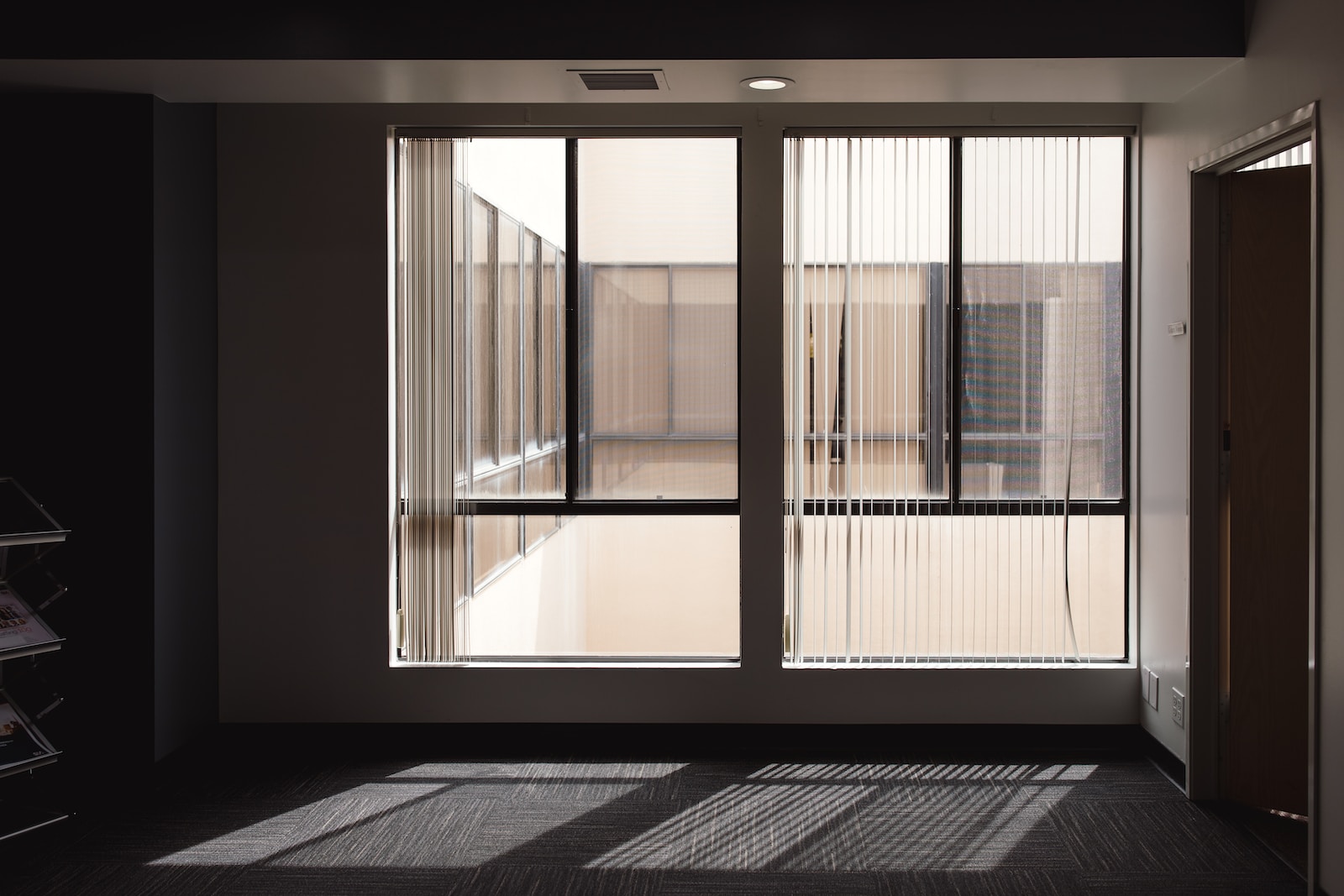Greetings, container home enthusiasts! I’m Emily Owens, your go-to source for all things container home-related. Over the past four years, I’ve explored the fascinating world of repurposed shipping containers, and I’ve got to say, the possibilities are endless. One crucial aspect of creating a comfortable container abode is insulation. After all, no one wants to live in a metal box that feels like an oven in the summer and a freezer in the winter! So, let’s dive right into the world of insulation solutions to keep your container home cozy and energy-efficient.
Spray Foam Insulation
Imagine this: you’re inside your container home, sipping on a cup of hot cocoa while the winds howl outside. That’s the magic of spray foam insulation. This type of insulation forms an airtight seal, preventing air leaks and minimizing heat transfer. It’s like wrapping your home in a warm, cozy blanket.
One popular option is closed-cell spray foam insulation, which has a high R-value (a measure of thermal resistance) and provides excellent moisture resistance. Open-cell spray foam is another choice, known for its affordability. Both options offer top-notch insulation, but closed-cell foam is more robust and better at sealing gaps.
Fiberglass Insulation
Fiberglass insulation is a classic choice, and for good reason. It’s cost-effective and easy to install. You’ve probably seen those pink or yellow rolls of fiberglass at your local home improvement store. They’re lightweight and provide decent insulation when properly installed.
However, it’s essential to note that fiberglass insulation requires a vapor barrier to prevent moisture buildup, and it can be less effective if not installed correctly. So, if you go this route, make sure you have a professional handle the installation.
Rigid Foam Insulation

For container homes, rigid foam insulation boards are a fantastic option. They come in various thicknesses and offer exceptional thermal resistance. These boards are easy to cut and fit snugly between the container’s corrugations.
One popular choice is extruded polystyrene (XPS) foam boards. They’re moisture-resistant and provide consistent insulation. Polyisocyanurate (polyiso) boards are another option known for their high R-value and fire resistance. The only drawback with rigid foam is that it can be more expensive than other options.
Reflective Insulation
If you’re building your container home in a scorching hot climate, reflective insulation might be your savior. Reflective foil insulation reflects heat away from your home, helping to keep it cool. It’s like putting up a shiny shield against the sun’s relentless rays.
Reflective insulation typically consists of layers of foil laminated to a core material, such as bubble wrap or foam board. It’s relatively easy to install and can be a cost-effective choice for warmer regions.
Natural Insulation
If you’re aiming for a more eco-friendly approach, consider natural insulation materials like wool, cotton, or recycled denim. These materials are renewable, sustainable, and non-toxic. Plus, they have excellent thermal properties and can help regulate humidity inside your container home.
Keep in mind that natural insulation materials might be pricier than some of the other options, but they’re worth it if you’re passionate about green living.
SIP Panels (Structural Insulated Panels)
SIP panels are a bit of a game-changer in the world of insulation. These panels consist of a core material, often foam, sandwiched between two layers of structural board. SIP panels not only provide insulation but also contribute to the overall structural integrity of your container home.
While SIP panels are slightly more expensive than traditional insulation methods, they save on labor and construction time. Plus, they offer superior insulation and are incredibly energy-efficient.
Combination Insulation

Sometimes, one insulation type doesn’t cut it. You can combine different insulation materials to create a hybrid solution that meets your specific needs. For example, you could use rigid foam insulation on the container’s walls and spray foam insulation for the ceiling and floor.
By mixing and matching insulation types, you can optimize energy efficiency and cost-effectiveness for your unique container home design.
Installation Tips and Tricks
No matter which insulation solution you choose, proper installation is key to its effectiveness. Here are a few tips to ensure your insulation job goes smoothly:
- Seal all gaps and seams to prevent air leakage.
- Use proper ventilation to control moisture and prevent mold growth.
- Consult with a professional or follow manufacturer guidelines for installation.
- Consider adding a radiant barrier for additional heat reflection.
In conclusion, insulation is the unsung hero of container home living. It keeps you cozy in winter, cool in summer, and your energy bills manageable year-round. When selecting an insulation solution, consider your climate, budget, and environmental concerns. Whether you opt for spray foam, fiberglass, rigid foam, or a combination of these, remember that a well-insulated container home is a happy container home. So, go ahead and insulate your way to container living perfection! Happy container dwelling, my fellow adventurers!



















Find Us on Socials